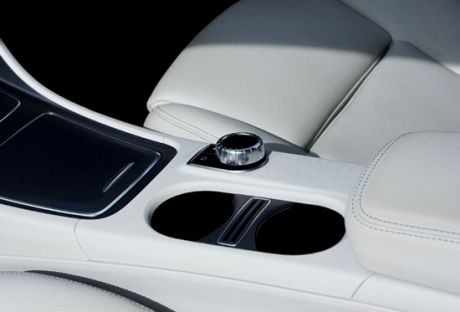While the new car market in the UK plummeted by more than 20% during September, experts believe that this is the result of ongoing Brexit uncertainty rather than any long-term trends relating to supply and demand.
Overall, 338,834 vehicles were registered last month in the UK, with this number having declined by an estimated 87,000 on last years’ figures.
It’s also important to note that used car sales are not declining at the same rate, with outlets such as Romans International offering high-end vehicles at a discounted rate.
If you do by a nice car at a reduced price, however, you may want to spend a little of the money that you save on luxurious and high-tech accessories. If this is the case, here are a few ideas to help whet your appetite:
1. The Fobo Tyre Plus System:
As a general rule, tyres that have been properly inflated are thought to wear more evenly than those that have not.
With this in mind, remotely monitoring the pressure of your tyres can help you to optimise their lifespan while providing an often necessary boost to fuel efficiency.
This is where the Fobo Tyre Plus System comes into play, as this innovation leverages a series of Bluetooth gauges that relay measure real-time pressure and relay this data directly to your smartphone.
It will also send you instant alerts in instances where your tyre pressure drops to a specified level, enabling you to attend to this issue before it becomes a significant problem.
2.The Garmin Dash Cam 65W:
A dash cam is always an exceptional tool for determining fault following a car accident, and there’s a number of products on the market that can meet this need.
Our pick is the high-end Garmin Dash Cam 65W, which is capable of capturing images in clear 1080p video and exceptionally high quality. This device also saves the video footage upon impact, while it also enables you to record your GPS location to highlight precisely when and where the incident occurred.
This device not only keeps you safe, but it can also protect your interests from an insurance perspective if an accident does occur.
The device also has additional uses too, including the capability to create time-lapse videos when traversing scenic areas.
3. The PZ-1600 Parking Assistant:
Parking remains a major bug-bear for drivers, who often have to manoeuvre their vehicles into small and relatively constricted spaces.
To help you negate this issue, you should consider investing in the PZ-1600 Parking Assistant. This accessory helps you to optimize space and prevent you from parking in a spot that forces you to continually touch bumpers with another vehicle.
Thanks to its simple traffic signal display, the PZ-1600 tool alerts you when you’ve pulled up far enough without the need for you to attempt any dangerous guesswork.
Read Also:






















